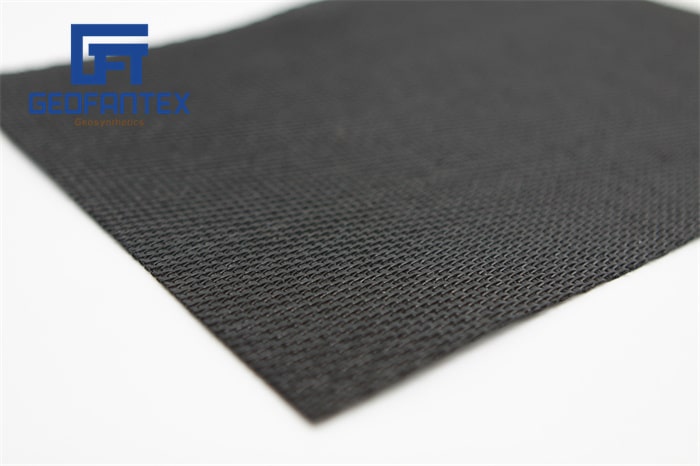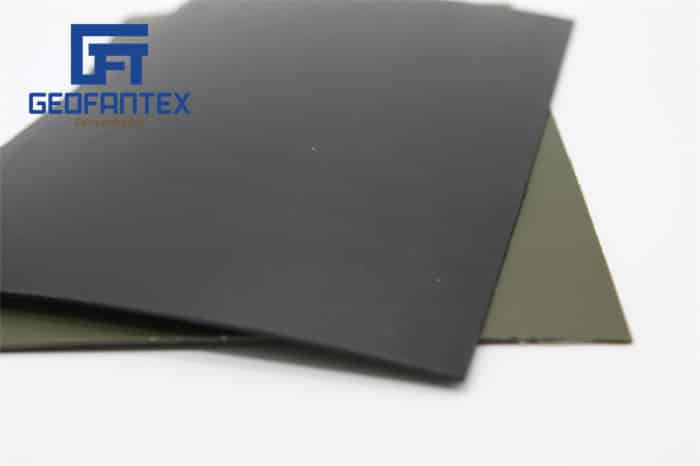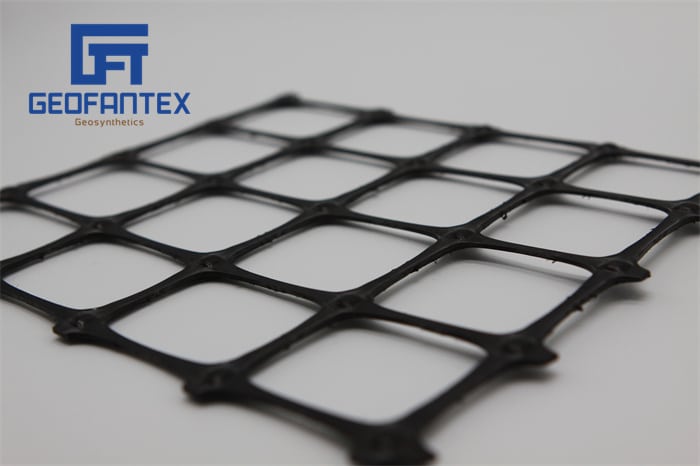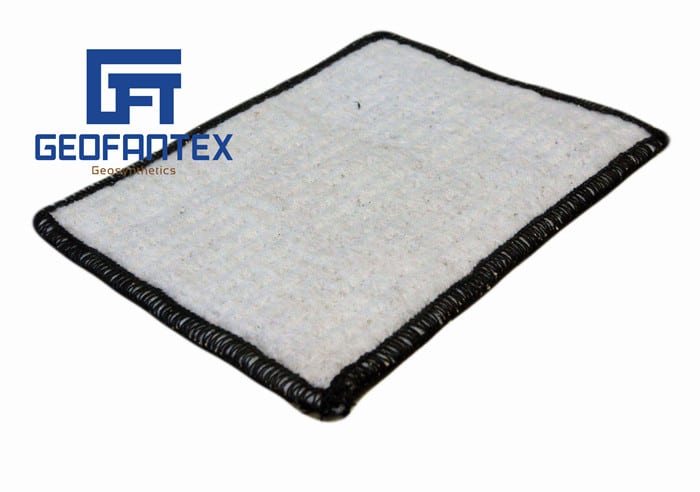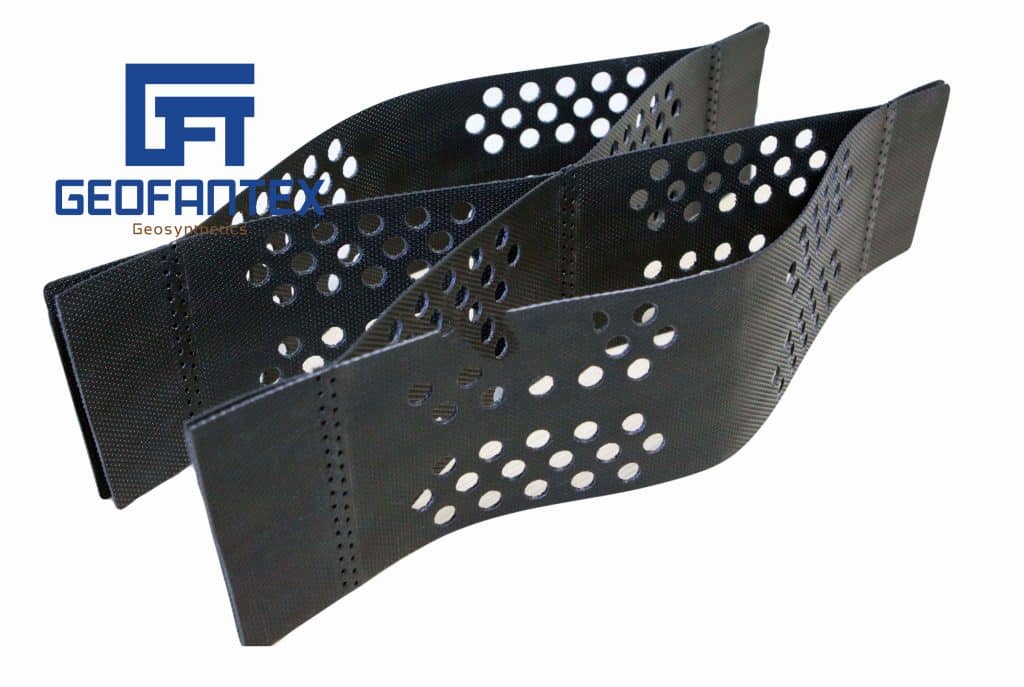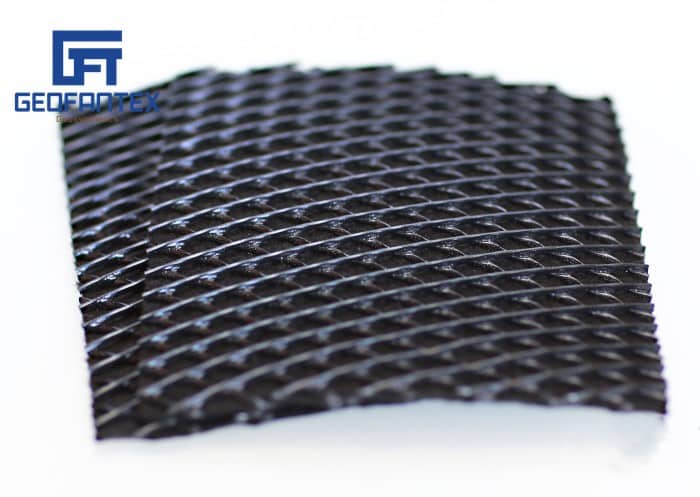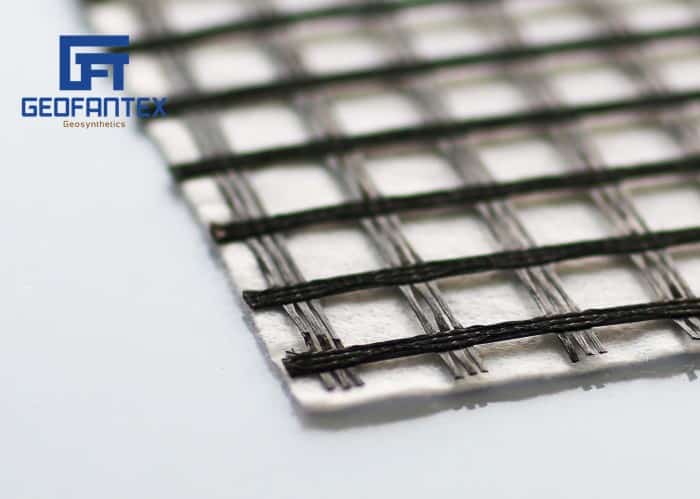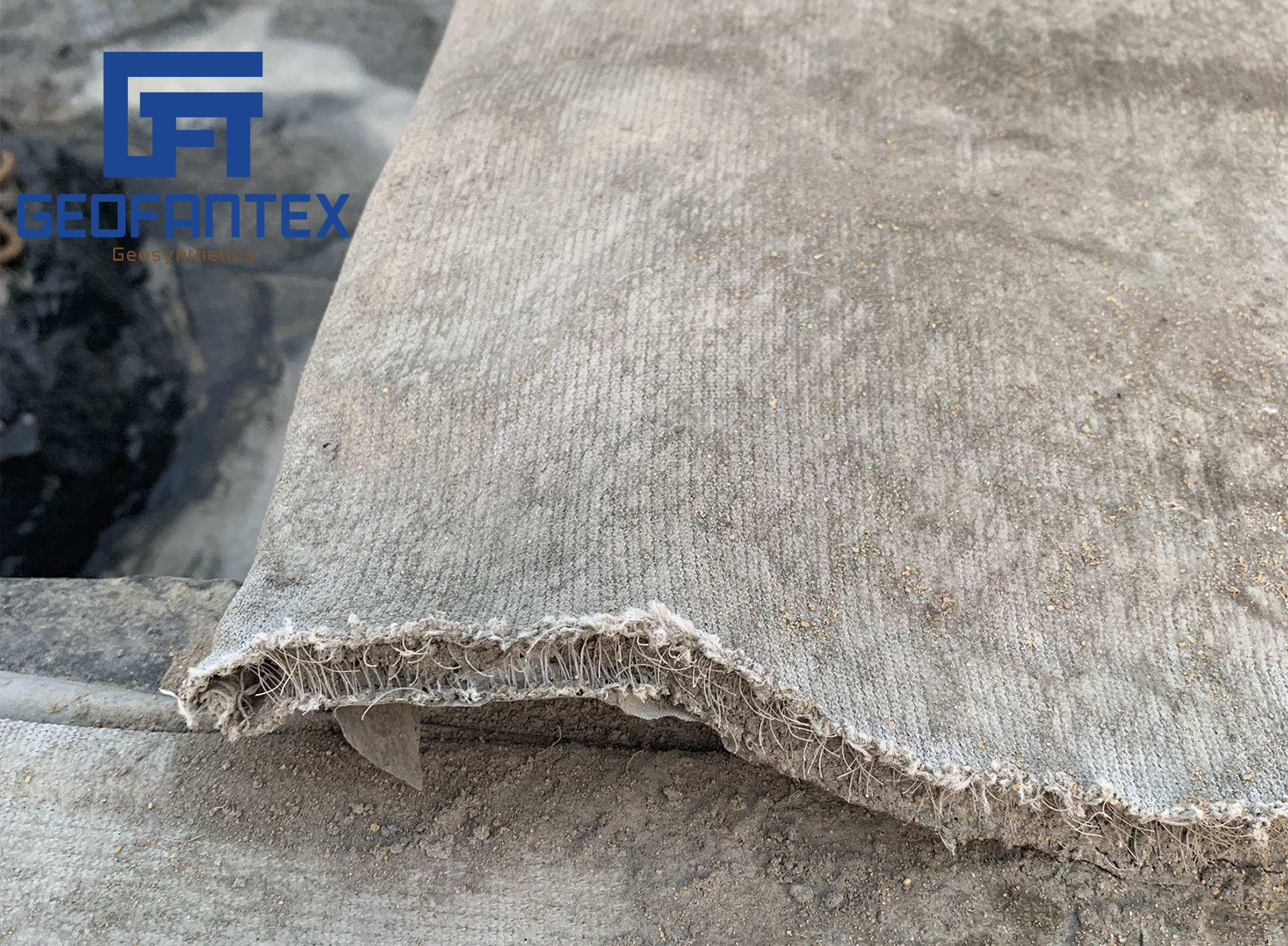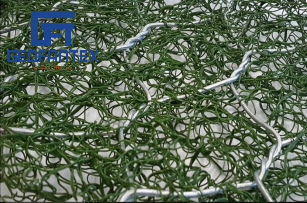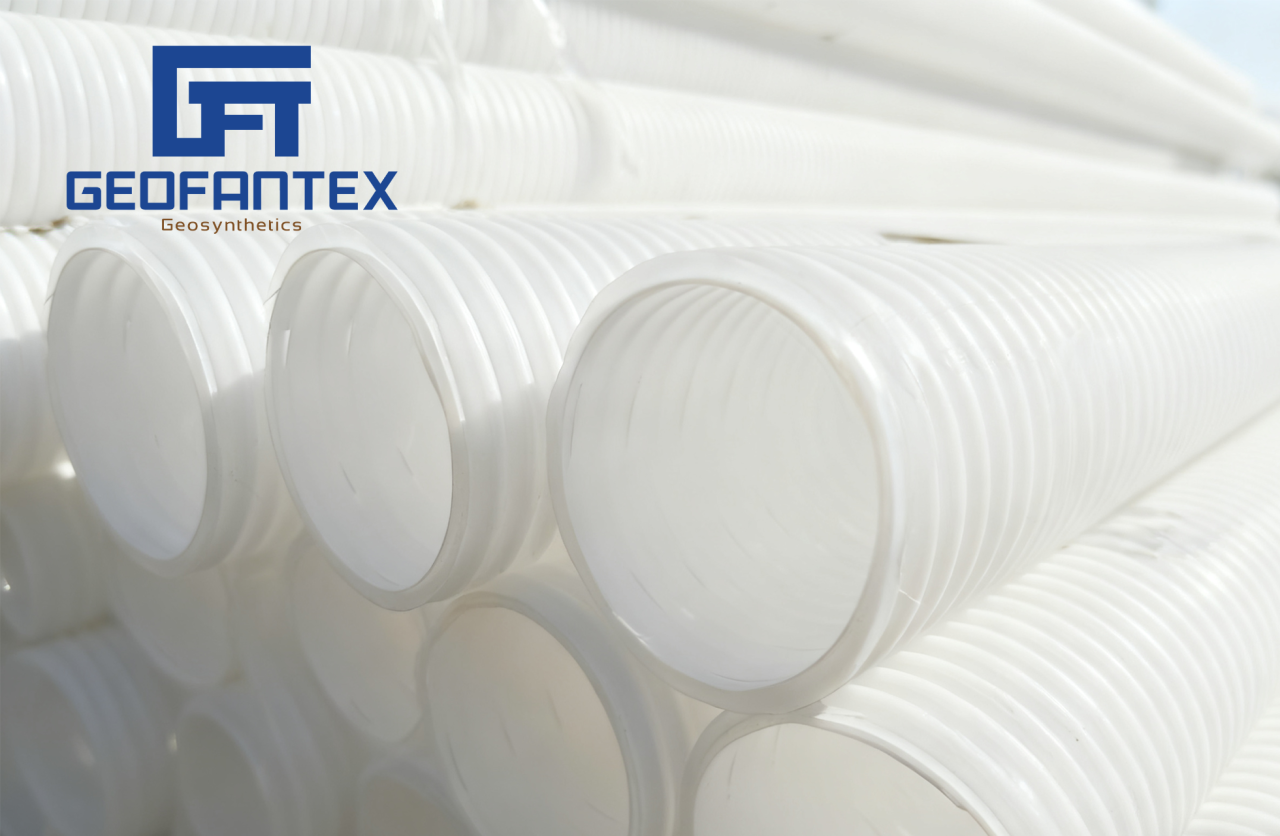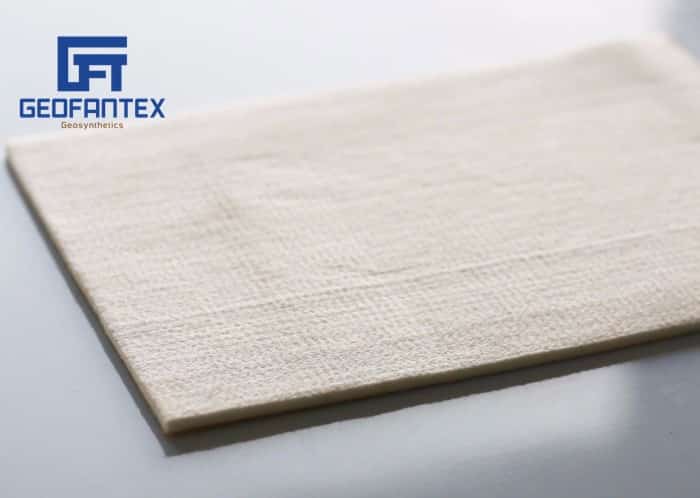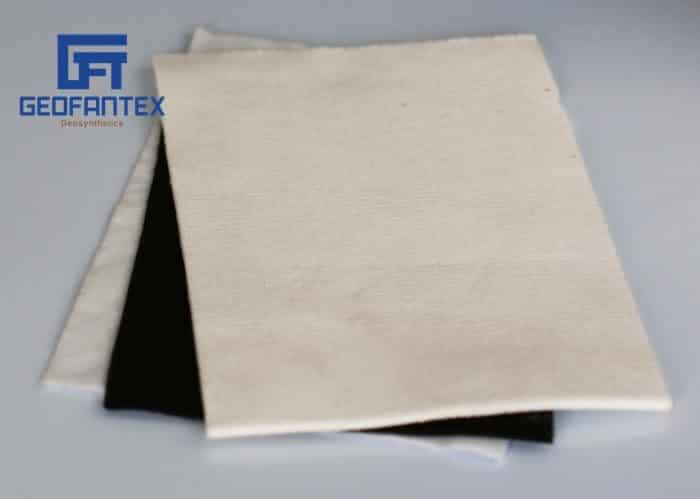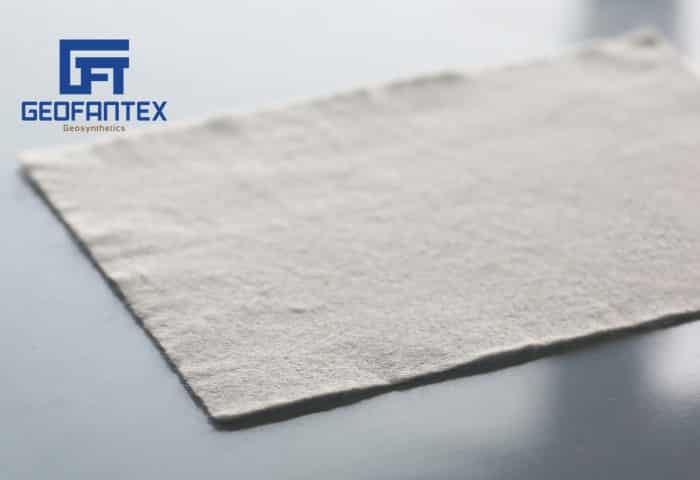+86-159 9860 6917
info@geofantex.com
geofantex@gmail.com
+86-400-8266163-44899
When it comes to geosynthetics, two materials that often come up in discussions are geogrid vs geotextile. These materials play crucial roles in various civil engineering and construction applications, providing reinforcement, stabilization, and drainage. In this article, we’ll explore the differences between geogrid vs geotextile, their specific applications, and which material is best suited for different projects.
What is a Geogrid?
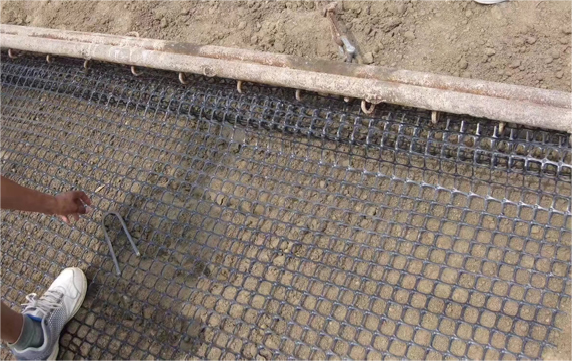
A geogrid is a geosynthetic material used primarily for soil reinforcement. It features a grid-like structure made from polymers such as polyester or polypropylene.
- Applications include road construction, retaining walls, slope stabilization, and subgrade reinforcement in railways and airports.
Geogrids play a key role in improving the strength, durability, and performance of civil engineering projects. - It provides high tensile strength, helping to stabilize soil and distribute loads.
- There are three main types: uniaxial (reinforces in one direction, ideal for retaining walls), biaxial (reinforces in two directions, suitable for road bases), and triaxial (offers multi-directional strength).
What is a Geotextile?
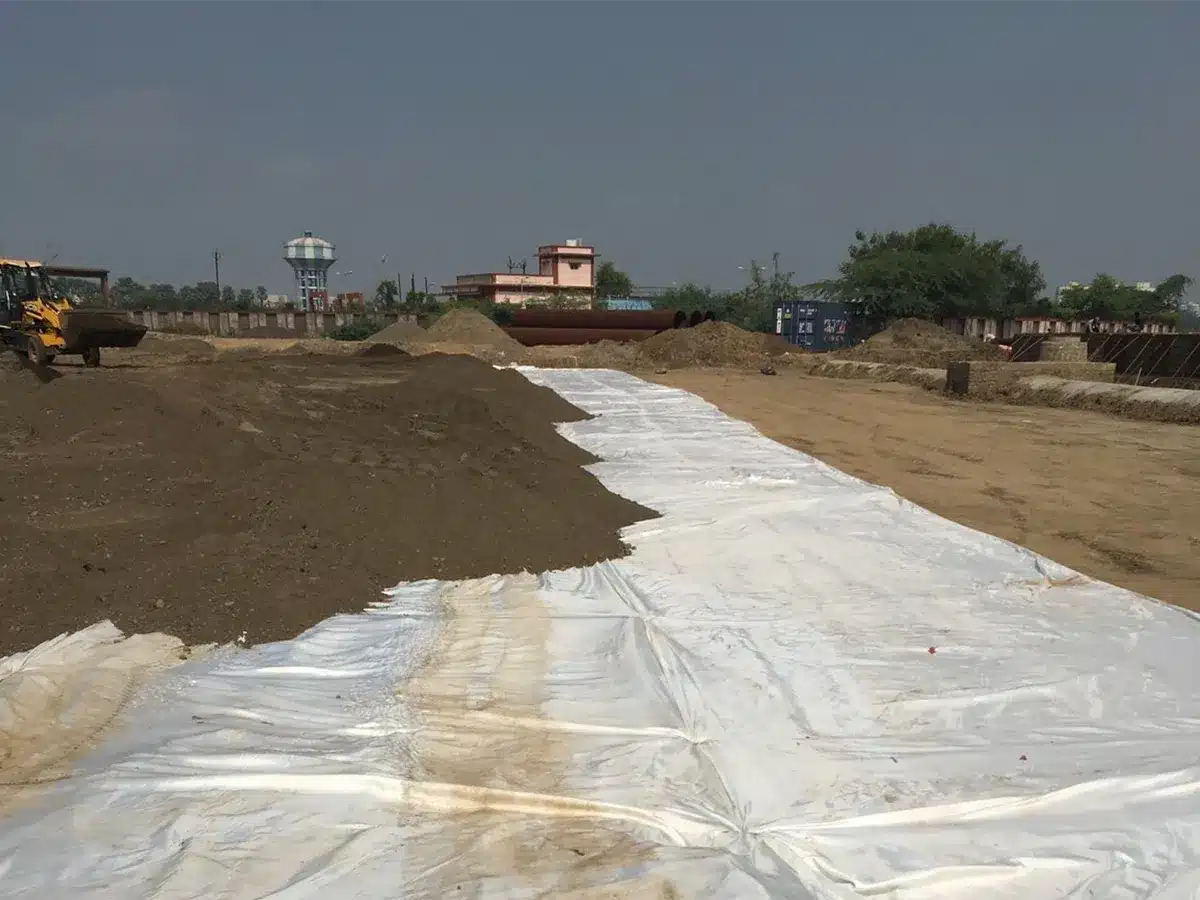
A Geotextile, on the other hand, is a permeable fabric made from synthetic fibers. It is mainly used in filtration, separation, and drainage applications. Geotextiles can be woven or non-woven, and they allow water to pass through while preventing the migration of soil particles. These materials are often used in road construction, landfills, and erosion control applications.
What Are the Main Differences Between Geogrid and Geotextile?
The main difference between geogrid vs geotextile lies in their functionality. Geogrids are primarily used for reinforcement and stabilization purposes, providing strength to the soil and preventing displacement under heavy loads. In contrast, geotextiles serve more for filtration, drainage, and separation, often used in applications where soil movement needs to be controlled without adding structural strength.
Geogrids have a higher tensile strength and are used in applications where the primary concern is structural stability, while geotextiles are more suited for applications requiring soil separation and drainage without significant reinforcement.
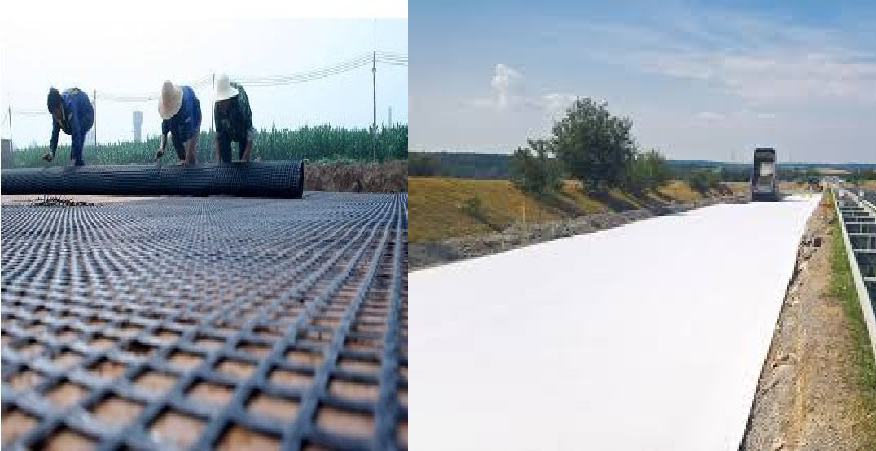
Which Material Should You Choose for Your Project?
The decision between geogrid vs geotextile depends largely on the project’s requirements. For soil reinforcement and stabilization, particularly in roads, embankments, or retaining walls, geogrids are the better choice due to their strength and load-bearing capacity. For applications involving filtration, separation, or erosion control, geotextiles are more appropriate because of their permeability and ability to manage water flow.
In summary, understanding the differences between geogrid vs geotextile is essential for choosing the right material for your construction or civil engineering project. Geogrids excel in reinforcement, while geotextiles are ideal for filtration and drainage. When selecting materials, it’s crucial to consider the specific demands of your project, as each offers distinct advantages in terms of functionality and performance.
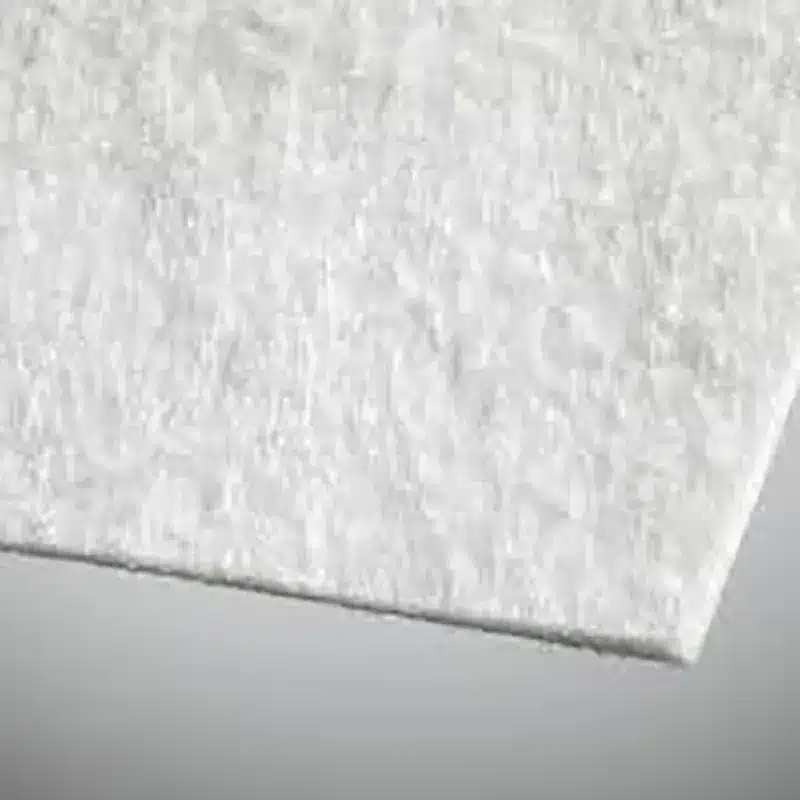
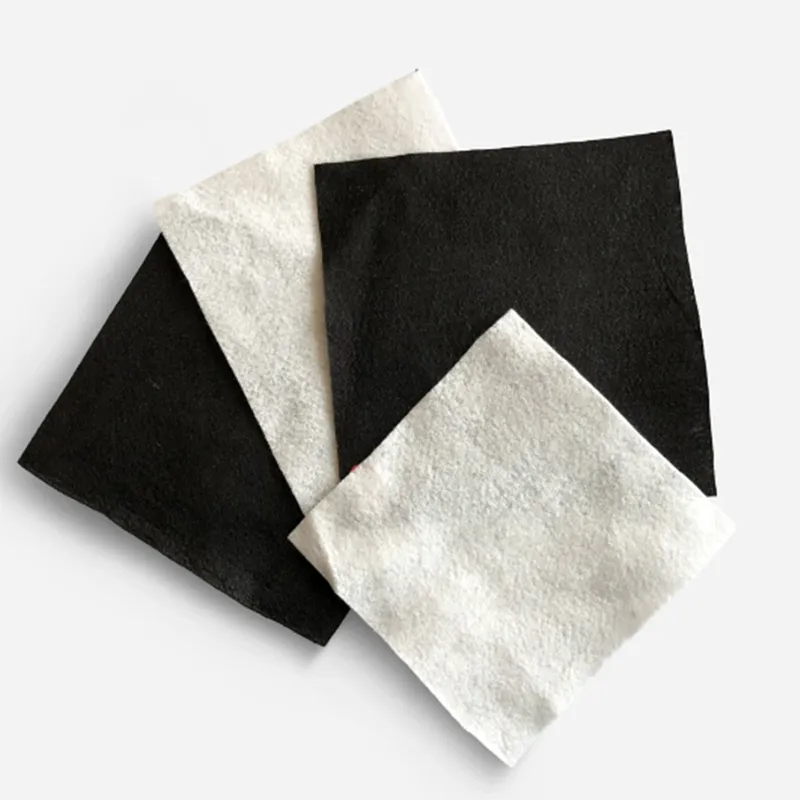

Get Free Sample
We’ll respond as soon as possible(within 12 hours)


